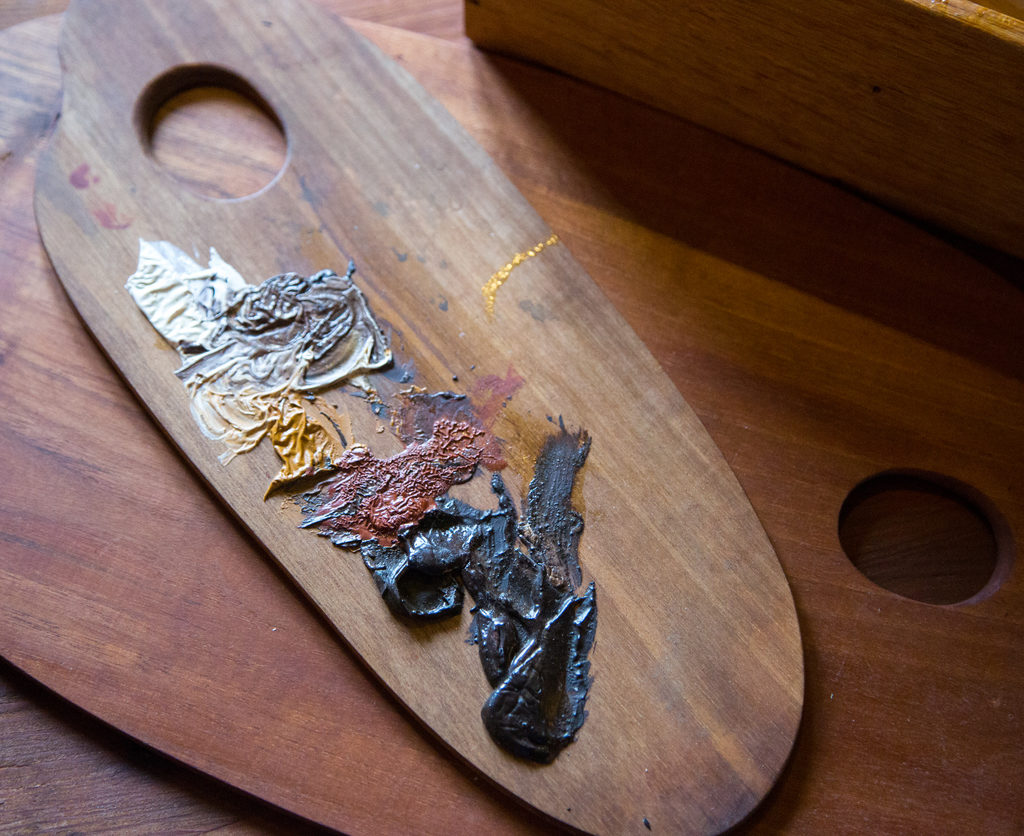The End: Artists’ Late and Last Works, Carel Blotkamp, Reaktion.
Wonder Beyond Belief: On Christianity, Navid Kermani, Polity.
By the end of his life Rembrandt’s fortunes had turned for the worst and his art was out of favour. His last self-portraits reflect this – gone are the flaunting of skill and self-importance; in their place, resignation and honesty. A similar spirit pervades one of his last paintings, of the prodigal son (the painting is given, famously, a book-length assessment by Henri Nouwen), and calmness and pathos replaces the drama of his earlier treatments of the subject. Simon Schama, in his book on Rembrandt, suggested that of course Rembrandt didn’t know it was to be the last year of his life, and yet his understanding of the final, downward slide of his career brought about a deepening of his artistic insight.
In The End, Carel Blotkamp tells us that the last works of visual artists often have a mythology attached to them. Often this is read into the works retrospectively; we can perceive in last works the summary of a career, and the perfection of a style, such as Mark Rothko’s last paintings, which seem to be an endpoint of abstraction and meditative calm. Last works can seem a poignant, resonant finale. A painting of a crossroads in wheat fields with crows and a looming storm is often seen as a lonely, prophetic finish for Van Gogh, though there is dispute as to whether this was his last painting, and whether too much symbolism is read into it.
Some artists, such as Picasso, slide into a late groove, wringing the last out of fading inspiration. Others, especially when they die young, such as Raphael, who occupies a chapter in Blotkamp’s book, create as their last work what is celebrated as their masterwork. Raphael’s last painting is a transfiguration scene, and both the subject matter and the fact that Raphael died on Good Friday helped his admirers picture him as a Christ-like figure.
Raphael’s Transfiguration was finished by his assistants, and there is academic dispute over how much of the picture is his own work. Blotkamp suggests that unfinished paintings – and last works are often and inevitably unfinished – show a more human side to artists, especially, like Raphael, those who are lauded as godlike in their abilities. Michelangelo’s last pieta is very much unfinished, possibly because Michelangelo recognised that it was irredeemably flawed, yet it has sent some, such as Henry Moore, into raptures, possibly because we see more of the process of creation, and also because the hinted potential, the art still coiled within which sparks the imagination in a viewer, has a power different to but rivalling a finished work of genius.
Last works prompt us to ask, what if? In the case of Van Gogh, it is a pointless but evocative exercise to imagine what he might have created if he had lived to the age of Picasso. Might he have made an abrupt stylistic turn, or might he, like Monet, have matured slowly into a gentle abstraction of his style? It’s a truism to say that death cuts a life short, and wrong to elevate artists above others, but the early death of an artist can be especially poignant and tantalising.
All art may not be, as Damien Hirst has tried to argue, about death, but it has certainly been a preoccupation of religious art, and in Christian art it is both explicitly its subject matter and a deep background to depictions of biblical stories and the lives of Christians. Navid Kermani, a Muslim critic based in Germany, wrestles with the often-morbid content of Christian art, but recognises the power of art to surprise and uplift.
In Wonder Beyond Belief he has a wariness about the tendency of Christian art to fixate on suffering, to see suffering as necessary for spiritual renewal. He says that while Jihadists give Islam a bad name, the emphasis in Islam is on God as light and love. Islamic art also avoids representations of the human face, and the concept as God in human form is foreign. All this means that Kermani comes to Christian art as an outsider, but in grappling with this he can help Christian viewers in our interrogation and appreciation of Christian art, just as art itself can make a surprising, unusually angled illumination of faith. For example, he notes the tenderness and youthfulness in an El Greco portrait of Mary and the adult Jesus (which is quite different to the usual pieta images of death and grief), and sees a Durer picture of Job as highlighting less Job’s suffering and more the empathy of his wife and friends (in contrast to the letter of the biblical story).
Kermani can be irreverent, challenging and even funny, in, for example, his obvious dislike of an unconventional and unattractive fourteenth century statue of a toddler Christ. But he also describes how, although Islam has a strong tradition of welcoming the stranger, the extremism in Christianity of love of neighbour – extending beyond strangers to even enemies – ‘conquers’ him. In this case, the disconcerting oddness of Christianity, something art can alert us to, is the positive side of a sensitivity to suffering.
Nick Mattiske blogs on books at coburgreviewofbooks.wordpress.com












